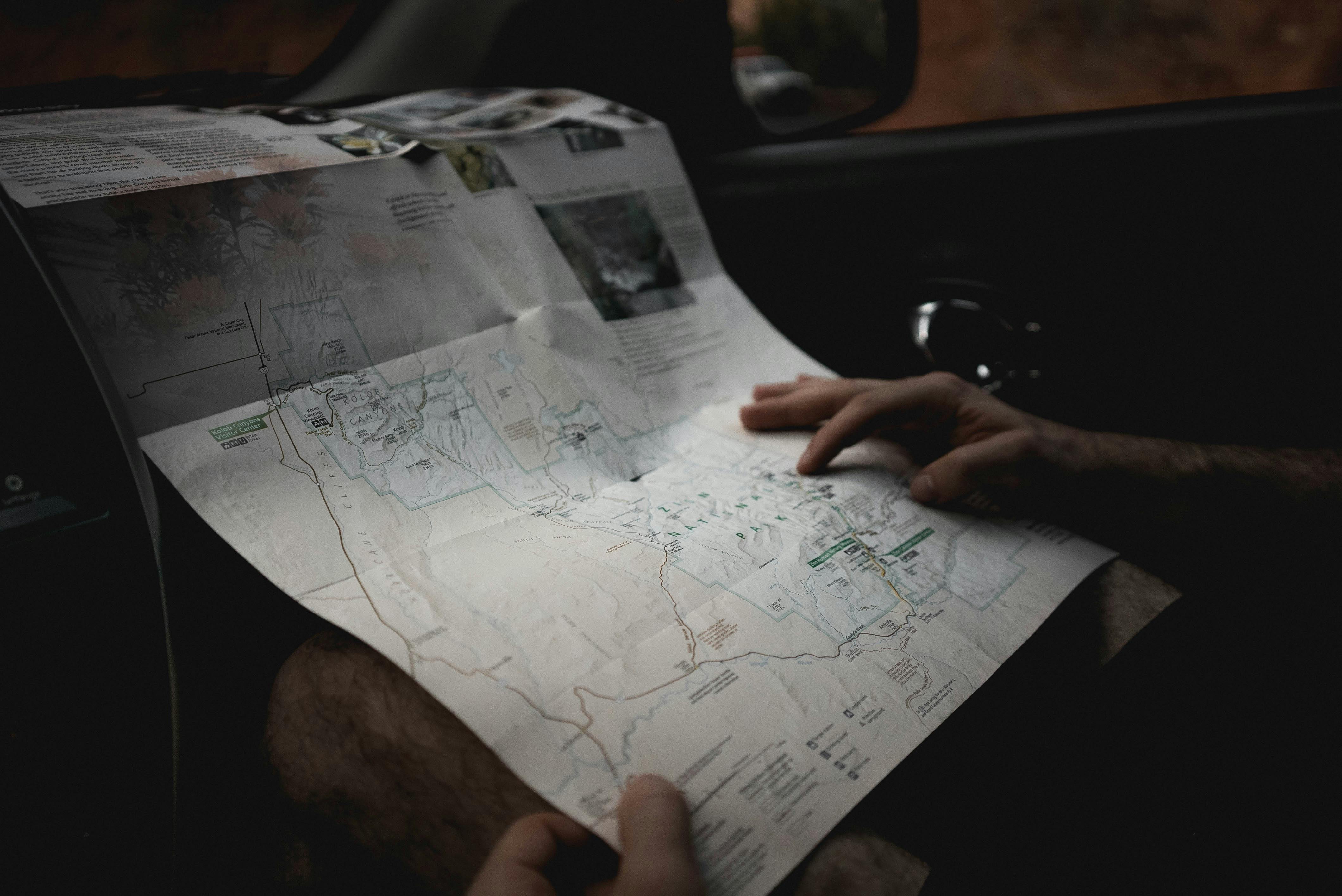Today we feel quite comfortable knowing that a child’s success is based on good health and education. That seems like something we could all agree on, right? Correct. However, we see disturbing trends in childhood obesity that are still on the rise. This is particularly concerning because obesity and lethargy go hand in hand and, as research has shown, physical activity and academic performance also go hand in hand, but they are the opposite of the first pair. So how do we change the trend to a downward curve instead of its current upward trend?
I’ve been reading a lot about brain function lately and I’ve found that neuroscience has some interesting points that indicate “how do we really learn” and how we can stop the aforementioned trend. This downward trend causes children to spend, on average, around 5 hours a day in front of the screen; i.e. computer screen, handheld screen, TV screen, etc. This is a problem because sedentary lifestyle leads to lethargy. Lethargy leads us to be more and more sedentary and with joy we move forward. Parents spend many hours in front of a screen, too, but a child’s developing brain and an adult’s brain have different effects from the same input. When a baby is born, it has 100 billion neurons, or brain cells, and begins to make connections or circuits with other cells when exposed to stimuli. Basically, this is how we learn, adults too. But because the baby’s brain is so “off”, it needs those stimuli even more. Between the ages of 3 and 10, a child’s brain is twice as active as an adult’s because it is establishing billions of new neural connections and pathways. In fact, you are building so many new connections that you are actually starting to prune unused connections to reestablish more paths. Amazing!
What exactly does that have to do with exercise? Well, most of the connections that are created are enhanced through movement and interactive sensory input. Without that coordination of information, movement and senses, the brain has a harder time making those connections and there is a direct impact on how well we learn.
Scientists have documented through research the coordination relationship between learning, reading, mathematics, language and logic, and physical movement and skill acquisition. Learning new physical skills incorporates muscle movement, and that type of learning overlaps with and enhances the other learning that people need, namely reading, math, language, and logic. Gymnastics is the learning of new skills as the athlete becomes a gymnast. A somersault on the ground turns into a handshake, turns into a front jump, turns into a spinning front twist, etc. New paths are created with each new layer of skill acquisition. This is markedly different from a sport like baseball, for example, where basic skills are refined as the athlete progresses, but new skills are not learned; Throwing, catching, swinging, and running are the same skills for a 5-year-old in T ball as they are for an MLB player, albeit at a different level of performance. So again, gymnastics is at the top of the list to help kids develop their brains.
The latest studies in education show that the biggest predictor of success in reading and math from kindergarten through fourth grade was actually hand-eye coordination and motor skills. Personally, I feel that gymnastics is the highest form of physical skill development and more studies have shown that neural networks, that is, the flow of information in the brain of children in preschool gymnastics is much greater than that of children. children who are not exposed to such activity.
“Neurologists are finding evidence that the cerebellum, which coordinates physical movement, also coordinates movement of thought,” says John Ratey in his book The User’s Guide to the Brain. Learning, in essence, is not only in our head, but in our body. If we want to learn and reach or exceed our potential, we must exercise both. Unfortunately, since our schools have financial constraints on their operations, we are seeing reduced student access to physical activity. Our nightmare of not just being the biggest and fattest blobs on Earth will be reinforced by other adjectives like the slowest, the dumbest, or the most unsuccessful. This is an embarrassing place to be. As the rest of the world is catching up with America in the ingenuity run, and worse, we are finding ways to slow down.



